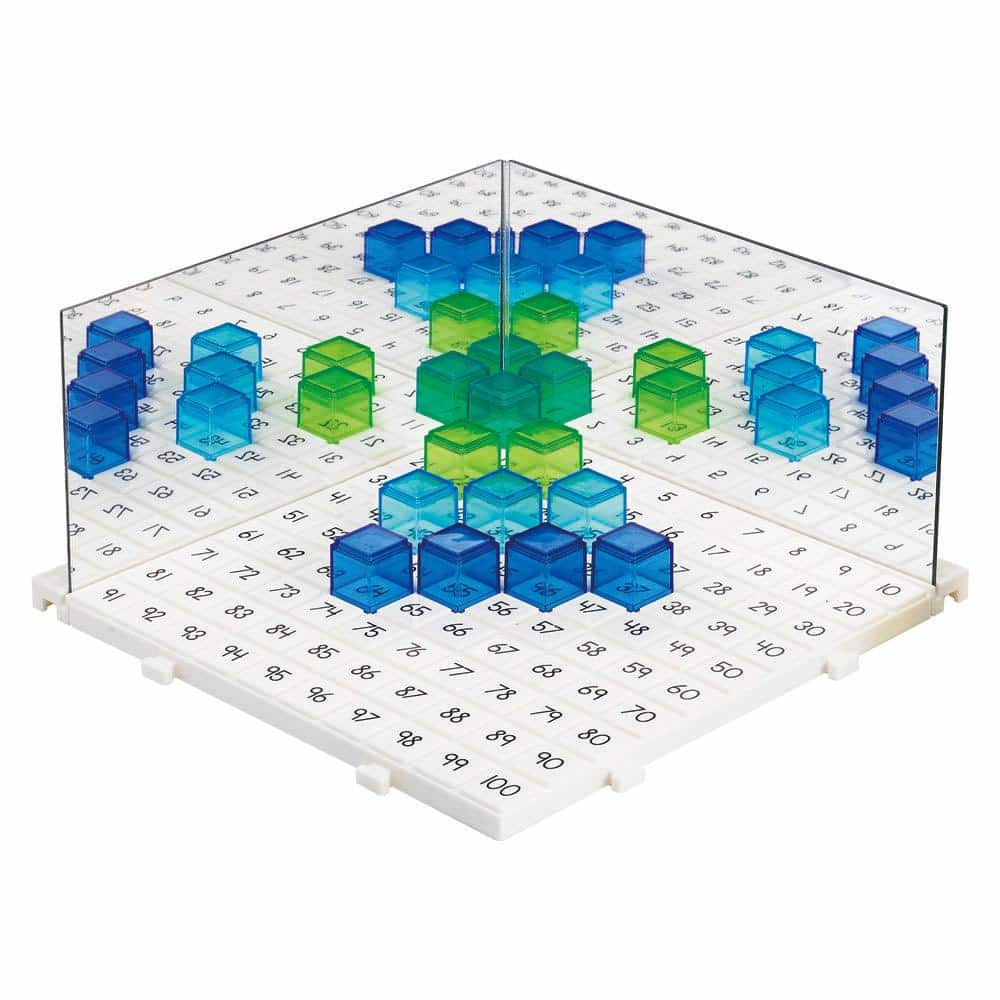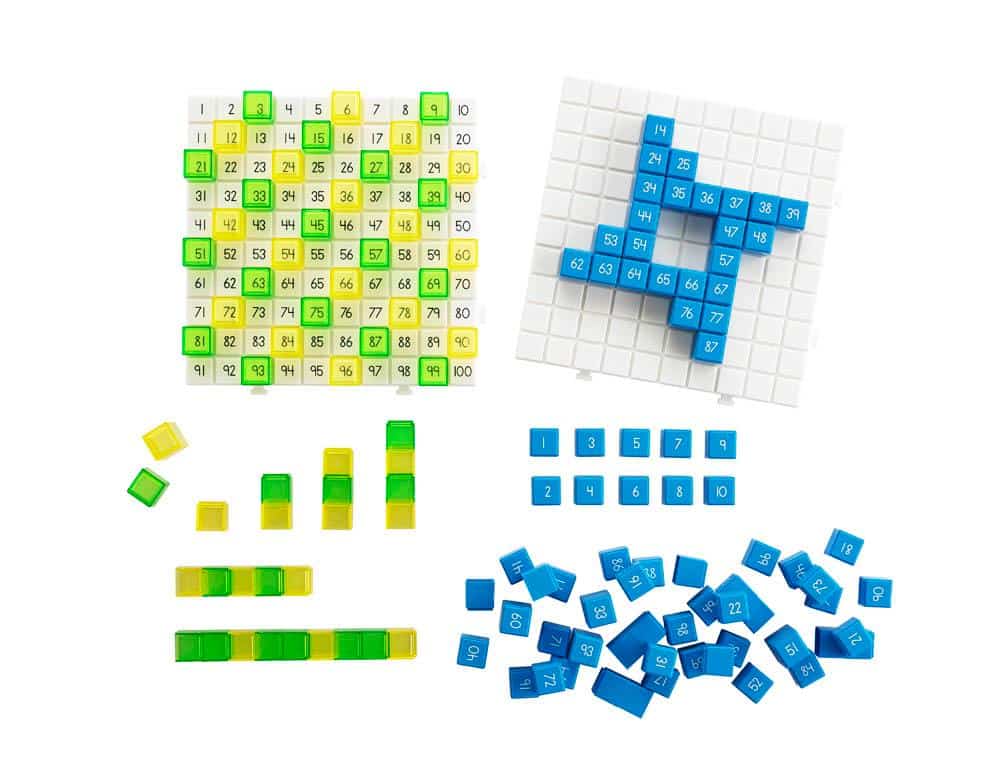The Influence of Toy Preferences on Body Image Perception
Children’s toy preferences can have a significant impact on their body image perception. Toys play a crucial role in shaping children’s self-perception, as well as their understanding of beauty standards and gender roles. In this article, we will explore this fascinating phenomenon and discuss the implications it has on children’s development.
Factors Influencing Toy Preferences
Several factors can influence a child’s toy preferences:
- Socialization: Children tend to gravitate towards toys that align with their gender, as society often assigns specific roles and expectations based on sex.
- Media and marketing: The media heavily influences children’s toy preferences through advertising and portrayal of gender stereotypes.
- Parental influence: Parents play a crucial role in shaping their child’s toy preferences by selecting toys based on societal norms and stereotypes.
- Peer influence: Children are often influenced by their friends and peers, who may have different toy preferences.
Implications on Body Image Perception
Children’s choice of toys can significantly impact how they perceive their bodies and the bodies of others. Here are some key points to consider:
- Representation: Toys that promote unrealistic body images, such as dolls with perfect proportions or action figures with bulging muscles, can distort children’s perception of the “ideal” body.
- Social comparison: The toys children play with can lead to social comparison, as they may compare their own bodies to those they see represented in their toys, leading to feelings of inadequacy or dissatisfaction.
- Gendered stereotypes: Toys often reinforce traditional gender roles and stereotypes, which can influence how children perceive their bodies in relation to societal expectations of femininity or masculinity.
- Impact on self-esteem: Body dissatisfaction resulting from toy preferences can negatively impact children’s self-esteem and contribute to the development of body image issues later in life.
- Cultural influence: Toys can reflect cultural beauty standards, reinforcing certain body types as more desirable and leading to body image dissatisfaction among children from diverse backgrounds.
The Importance of Diverse Toy Options
Providing children with a diverse range of toys can help counteract the negative effects of limiting toy preferences. Here are some key reasons why diverse toy options are essential:
- Promoting inclusivity: Diverse toys can help children feel represented and accepted, regardless of their body type, ethnicity, or gender.
- Encouraging empathy: Playing with diverse toys allows children to develop empathy and understand and appreciate the beauty of different body types.
- Challenging stereotypes: Toys that break traditional gender roles and stereotypes can help children develop a more open-minded and inclusive perspective.
- Fostering body positivity: Introducing toys that celebrate different body shapes and sizes can foster a positive body image and self-acceptance.
Conclusion
Toy preferences have a profound influence on children’s body image perception. By understanding the impact of toys on body image and providing diverse toy options, we can foster healthier body image perceptions and contribute to children’s overall well-being.


